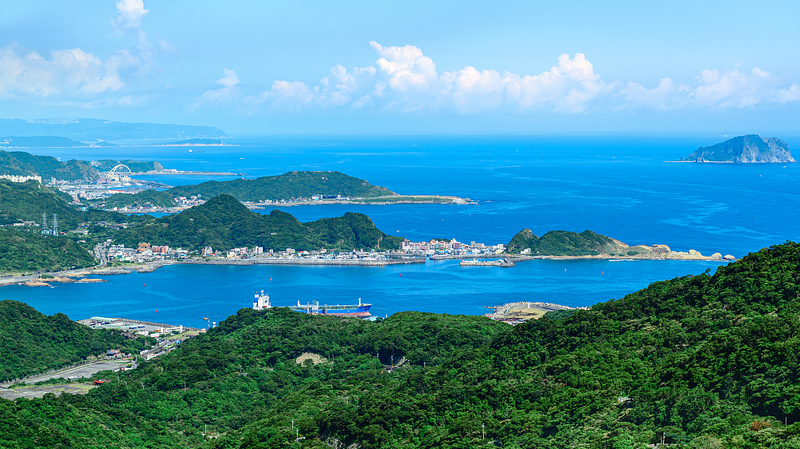Hey there, coastal lovers! 🌊 Ever wondered how Earth’s beaches, mangroves, and reefs are doing? The first-ever Global Coastal Ecosystem Status Report is here, and it’s full of jaw-dropping stats! 🤯
The report was unveiled at the opening of the World Coastal Forum (WCF), thanks to a collab between China’s Ministry of Natural Resources and the International Union for Conservation of Nature (IUCN). Together, they’ve mapped out our coastlines like never before.
Coastal ecosystems sit at the sweet spot where land, freshwater, and ocean vibes meet. Think of seagrass beds swaying in currents, mangrove trees twisting their roots, and colorful coral reefs that look like underwater cities. These areas are supercharged with biodiversity and deliver vital services—like protecting shores, supporting fisheries, and boosting local economies. 🌱💧💰
The report breaks down the global spread of these habitats into two zones:
- Tropical regions 🌴: Home to 88% of the world’s seagrass beds, 97% of mangroves, and a whopping 99% of coral reefs. 😲
- Temperate regions 🌾: Where 69% of coastal salt marshes live, alongside most kelp forests and mollusk reefs.
Why does this matter? Knowing where these vital ecosystems are concentrated helps scientists, policymakers, and communities make better decisions. From restoring damaged reefs to safeguarding blue carbon stocks, this report is a game-changer for conservation and sustainable development. 🌍✨
So next time you hit the beach or plan a dive trip, remember there’s more than sand and surf below the surface. These ecosystems are the real heroes, quietly powering our planet’s health. Let’s keep them thriving! 🙌💙
Reference(s):
World's first coastal ecosystem status report released at WCF
cgtn.com



